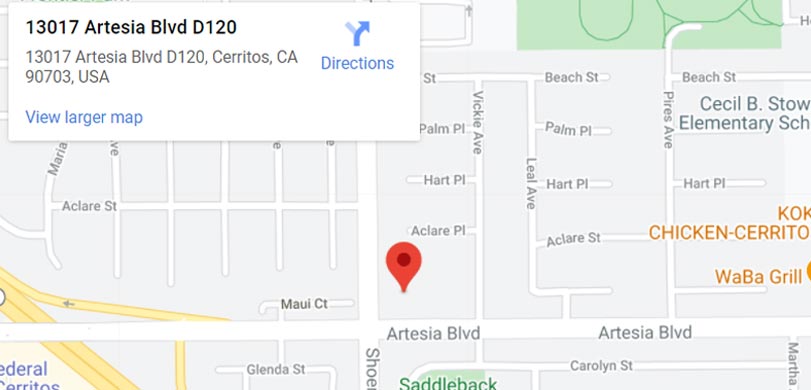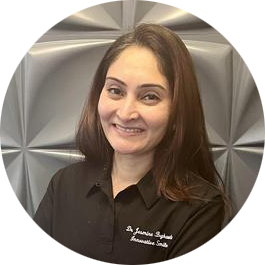Dental inlays and onlays are types of dental restorations that are known as indirect restorations. This means they are made outside of the mouth in a laboratory. These restorations are used when a cavity is too large to be resolved just using a filling. Let’s see when to get a dental inlay or onlay.
However, like any type of procedure, it serves to show the difference between these two procedures. Knowing which types of situations they work well in can help you can increase the overall efficacy of the procedures that you’re looking to receive.
When to Get a Dental Inlay or Onlay
If you’re curious about the benefits of these procedures to restore a decayed or broken tooth, take a look at this guide that describes some of the appropriate situations to utilize them in.
What Are Dental Inlays?
Inlays and onlays are roughly analogous to fillings and crowns in terms of the types of issues they are able to resolve. All four intend to fill in areas of the teeth that have been affected by cavities to some degree.
Inlays are similar to dental fillings but are used on cavities that have become too large to be resolved simply by the use of a dental filling. Inlays are generally considered to be more durable than fillings, as they are made of stronger materials than your typical fillings. Because of this increased complexity in terms of installation and materials, inlays can take longer to install than a typical filling, sometimes taking up to two sessions to install.
What About Dental Onlays?
If your tooth doesn’t fit the scenario that a dental inlay is used in, you might find that you should seek out a dental onlay instead. Dental onlays cover the cusp areas of the teeth. Also, dental onlays are often compared to dental crowns and are used in similar situations and for similar issues.
Dental onlays repair damage on the elevated part of the tooth surface. These types of implants are made of porcelain or gold, and they cover the part of the tooth that has been damaged. Onlays actually cover less of the teeth than a typical dental crown, which is designed to replace a very large portion of a damaged tooth, if not the entire tooth.
What Occurs During Inlay and Onlay Installation?
There are several steps that comprise the installation process, and each one is essential to properly adhering the fixtures to the rest of your teeth. The general steps for the installation process are as follows:
1. Removing the cavity or filling
If you have an existing filling in your tooth, or a visible cavity, your dentist will remove it prior to any active installation being place in the mouth. Once the cavitated tooth or filling is removed, there will be a hole where the tooth once was.
2. Making an impression on the tooth
During your first visit to the dentist, a mold is taken of the tooth that needs to be prepared. You can collaborate with your dentist in terms of picking a restoration shade that matches the general shade of teeth in your mouth.
3. Placing the temporary filling
While your dentist prepares the inlay or onlay that is to be placed in your mouth, they will place a temporary filling in your mouth to seal the cavity temporarily. This will help prevent further decay and protect the tooth from oversensitivity from both heat and cold.
4. Placing the inlay or onlay
After the restoration, either inlay or onlay, is made, you will need to set up an additional appointment with your dentist to actually install your fixtures. During this procedure, you may have some local anesthetic applied to your mouth in order to reduce the amount of pain that your feel during your procedure.
During this procedure, your temporary filling will be pulled, and the inlay or onlay is cemented into your teeth. Oftentimes, this procedure can be executed without causing significant discomfort.
You can expect your inlays and onlays to last many years, barring any sort of mistreatment or very harmful dental health. These fixtures are considered quite durable and respond very well to proper dental care. Your dentist will inform you towards whether you can anticipate having issues with your own fixtures.
The Best Dentist in Southern California
Jesmine Boghawala DDS is one of the most trusted resources in Southern California for receiving high-quality dental inlay and onlay work that you can depend on. If you’re curious whether or not these procedures can help you achieve higher levels of dental health, then contact our dental office in Central Cerritos today to schedule an appointment.



